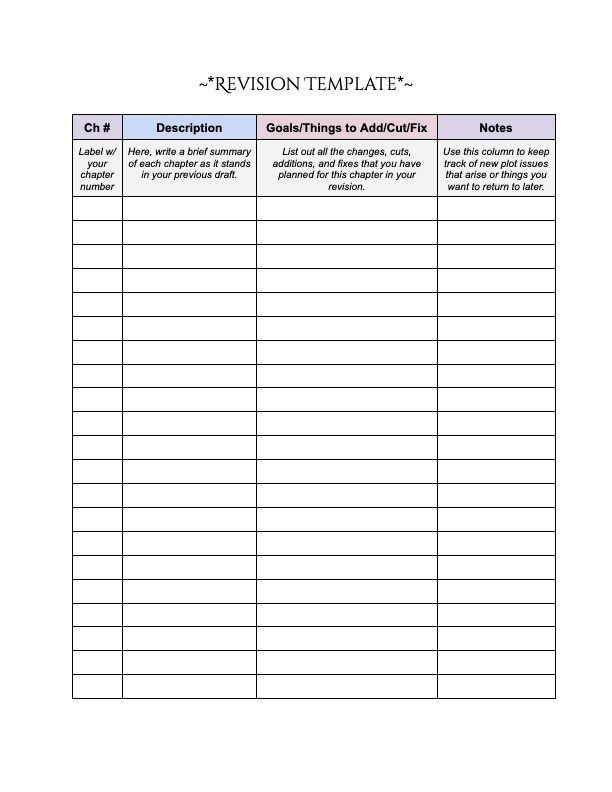From Edit Letter to Revision: A Hobbit's Tale
That's what Bilbo meant by "there and back again," right?
Welcome back to Haunted Books & Haunted Girls, a newsletter all about writing and ghosts. I’m so happy that you’re joining me. If you haven’t subscribed already, please consider signing up below (for free!), so you never miss an issue of this newsletter. It’s always spooky szn here.
It’s been a minute, hasn’t it? Last time I showed up in your inboxes, it was to announce my debut novel, This Raging Sea. And then it’s been quiet. Cue all the crickets.
Let’s change that. ;)
Soon, the book updates are going to start rolling in (cover reveal? preorder links? street team signups? all of that and more is coming!!), so it’s time to warm this newsletter up again. Of course, I never want to ONLY appear in your inbox with links to click or asking you to buy something, and I promise to continue to share musings on craft, the writing journey, behind the scenes peeks, short stories, and more.
For today, I thought I’d get into some strategies on revising….complete with a little template for you! I’ve been doing more craft related posts on Instagram and have been enjoying sharing tips there, but thought it might be nice to explain more in depth here, too.
First, some updates!
I recently turned in line edits on This Raging Sea, which means copyedits are on the horizon, WHICH MEANS it’s one step closer to being a book. A real life book that you will get to hold in your hands next year. It’s all very surreal to me, and I continue to be endlessly grateful that I get to share this story with the world.
As we wait for preorder links and other pre-release excitement, you can add This Raging Sea to your TBR on Goodreads and/or Storygraph if you haven’t already done so. Early interest can only help authors, so thank you to everyone who has added it so far—your support is so appreciated.
Lastly, if you’re not already following along on Instagram, you might want to…because I’m teaming up with another YA fantasy author for a very fun giveaway in the near future. 👀 More to come hopefully next week, but if you’re a fan of atmospheric, spooky books with angsty romance…well, let’s just say, you don’t want to miss it!!!
For today, I wanted to share how I approach revisions after receiving an edit letter from my editor or agent.
I’ll preface this by saying that when it comes to writing strategies, there is no right way to do anything. One thing you’ll never hear from me is guidance written in absolutes (unless, of course, we’re talking about the 1-7 demons you should summon whilst drafting, but that’s another post for another day). In all seriousness, whatever works for you, whatever leads you to a finished draft that you’re proud of—that is the “right” way to write.
Now that I’ve gotten a disclaimer and at least one demon joke out of the way, let’s talk revising. I’ll also point out that you can do the following without having an official edit letter from an editor or agent! If that’s the case for you, I’d suggest rereading your own manuscript back while taking notes, gathering beta reader feedback that resonates with you, and making a comprehensive list of all the changes you plan to tackle in your revision.
Steal My Strategy:
Step One: The first thing I do after receiving an edit letter is copy/paste the entire thing into a fresh word document and divide it up into categories, if it’s not already broken up for me. I love a good visual, so I’ll assign a different color to different areas (like world-building, specific character arcs, etc), and highlight accordingly.
Step Two: For each of my editor or agent’s notes, I’ll write out how I plan to address it. Sometimes these plans are very specific! Other times, they’re more vague. But I try to go into my revision with a general idea of execution for everything. If you’re using this strategy without an edit letter from an editor or agent, you can just summarize all your goals for yourself in a word doc (and essentially write your own edit letter).
Step Three: Next, it’s time for my massive revision spreadsheet. This is my lifeline whenever I’m in revision mode. The spreadsheet will be broken up by chapters. In one column, I’ll write a brief summary of the chapter as it currently stands. In another, I’ll write out all the changes I plan to make. And then the last column will be left blank for notes as I revise. (See the next step for how it comes into play later.)
Here’s what it looks like:
And here is a blank one for you:
Step Four: As I work through my first pass of the manuscript, I’ll fill out that “notes” column for anything that comes up while revising. A lot of times, this will be things I want to backtrack and work in later, or “domino effect” adjustments, where something changes early in the manuscript and triggers additional changes later on. But other times, it might be a layer I don’t feel like dealing with yet, and so I’ll leave it for future me. (Future me is always SO grateful for this. Really.)
Step Five: Once I finish that first pass through my manuscript, I’ll use everything I wrote in the “notes” column as my to-do list for my second pass. If it’s a lighter list, I might also use this second pass to polish my prose and trim word count (lol). But if it’s still pretty hefty, I’ll end up doing a third pass that’s a simple read-through on a line level.
And then…I’m ready to turn in my book!!!
Some additional notes…
For the most part, this method has worked for me when faced with large-scale developmental edits. I used it on both rounds of dev edits for This Raging Sea, and have also employed this strategy when working with my agent on other projects. It might not work for every type of revision, but I find that it helps quell the overwhelm that can come with a long list of broad, structural changes.
When I’ve talked about this method on IG, I’m often asked about how long it takes me—and that really depends on the amount of edits, and when my deadline is. I’ll usually calculate how many chapters I need to accomplish per week in order to make it through that first pass, and try to set a schedule for myself. In my most recent round of dev edits for TRS, that first pass took me about a month.
I hope this helps someone! And if nothing else, I always find it so interesting to learn about another author’s process, so hopefully I’ve entertained you with mine! :)
If you enjoyed this newsletter, I’d love it if you subscribed at the link below. It’s fully free, and all future issues will go directly to your inbox, so you’ll never miss a spooky minute.
For more writing content, come hang out with me on Instagram.








